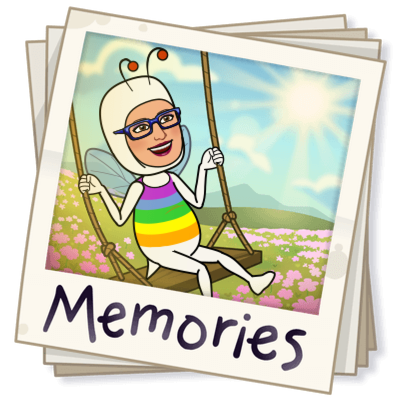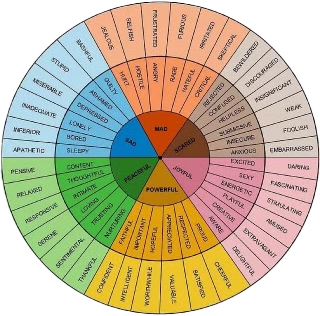The other day I was speaking with my dear friend Leslie Bell. We were reflecting with precious memories of being read some of the classics. Leslie shared how every Christmas her father would read the original version of The Night Before Christmas. It was a yearly tradition that eventually was assumed by Leslie and her brother. To this day she can recite lines from this original charming Christmas tale. She also related how she was speaking to a woman at the drugstore, who happened to share with Leslie one of her sacred fondest memories was the one time her very busy father read to her. Being read to is intimate and powerful!
The classic stories in literature can offer both it just depends on our attitude. If we as adults perceive the classics as being difficult, they will be difficult. If we project our sentiments out to our children, they too will not have the patience or the desire to listen. We need to begin by taking a relaxed and playful approach to the classics. If our expectations are simple, reading them at night can be just as relaxing as a leveled book. Moreover, just through the power of the spoken word, imagination, and an added sprinkle of drama, the reading can be enchanting!


First, as the adult with proficient reading skills, be the narrator. Do not ask your child to read any part of the text in front of you tell them that you are the narrator, and they are the audience. To prepare younger kids to be good listeners, suggest that they have to find their listening receptors, yes, their ears. Dramatically suggest you both wiggle them, magically wave your hands to clean them out, then pretend that you are turning up the volume so that they can hear everything read. Then ask them to get in the most comfortable sitting and listening position.
Next, show them the book. In all likelihood, it will not have illustrations, and if it does, they will be limited. Explain that because this text does not have pictures and you are not in front of a picture-producing screen they have to turn and control something that only they have power over. It is their very own magical interior screen in their brain. The one that creates pictures in their head is called their imagination. Ask your child how they turn on their own imagination. Go with it, whatever they suggest. If it is a little dance, a swing of the arms, the blink of the eyes, it’s all good. There is no right or wrong. Show them your own imagination turn on. Have fun and play. Explain that while you read it is their job to produce the pictures that come up in their minds. Another approach, after explaining the book does not have illustrations suggest while you read that your child might like to doodle or draw pictures that come to their imagination while you are reading the text. These strategies are to set the expectation that because there are no pictures, they will have to participate.
Begin the read as dramatically as you can. Remember no one is watching you, as such this is the time to let it rip! Don’t hold back, if you want to speak in an accent, why not. If the character yells, yell! If you have the energy you can even get up and act out a part of the story. Or, stop and ask your listener if they would like to act out a scene with you or show you what they think the next scene will be. Again, play!
Last, and most importantly, let go of feeling compelled to teach and explain everything. If the child asks you about a certain part, object, point in history, sure answer their question or look up the answer on Google. The bottom line is this is a relaxed, fun listening activity. Yes, the language can be complex and intense AND we can kick back and absorb it without having to dissect the meaning. Any inquiry should be driven by the child not by the adult feeling a compulsion to tease out a teachable moment. RELAX and savour the rhythm of the words from the classic great writers.
Once you have enjoyed the classic tale, here are some suggestions:
- Research with your child and find a film version of the classic story.
- Look for modern simpler print versions of the story
- Look for other film interpretations of the film version.
- Do some research on the period of history when the story was created. Compare life back then to life now.


Quick Take Away Links
- https://ihomeschoolnetwork.com/classic-literature/
- https://ultimateradioshow.com/7-benefits-reading-classics/
- https://secondaryenglishcoffeeshop.blogspot.com/2017/07/10-picture-books-to-read-in-middle.html
- https://www.theguardian.com/teacher-network/2012/feb/07/dickens-teaching-resources-200







[…] Do You Love How the Art of Story Mimics Life and Life Mimics the Art of Story? Prev Post […]